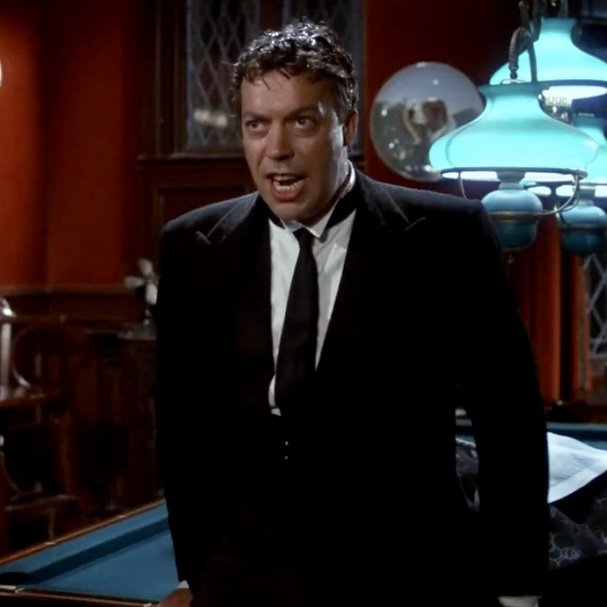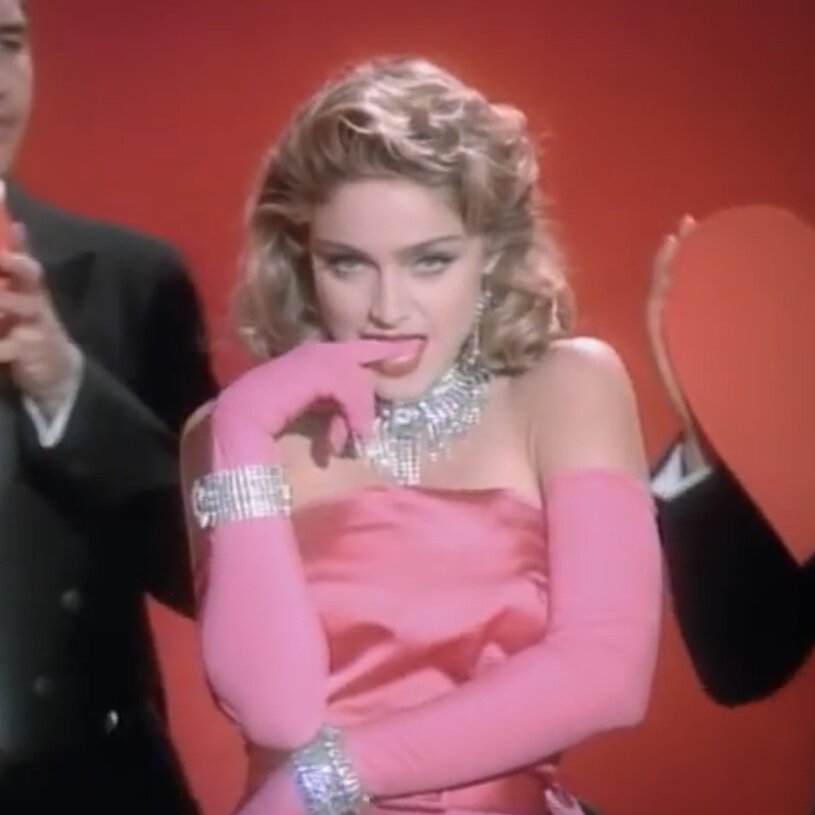Life After Death: The Cult Classic That is Clue
It boggles the mind to think that the 1985 comedic murder mystery, Clue flatlined upon its initial theatrical release. Opening on December 13, 1985, the film, co-conceived by John Landis, and based on the classic Parker Brothers’ board game, was up against The Jewel of the Nile, the sequel to the successful adventure-comedy, Romancing the Stone, with Rocky IV and Landis’ Spies Like Us also continuing to do well commercially. One thing I don’t understand (one thing?): Why Clue didn’t get an October or Halloween-season release-date, considering its murder-mystery genre.
However, with the help of cable television, and the birth of the VHS rental market, Clue was brought back to life by viewers, in their living rooms, with the remote control. From John Morris’ Hitchcockian, Bernard Herrmann-inspired orchestral score during its opening credits, to the solid cast of “colorful” characters that the viewer meets one by one as each arrives at a spooky manor on a dark and stormy night, Clue is “cozy murder” at its best.
The screenplay’s mid-1950’s timeframe allowed the director and screenwriter, Jonathan Lynn, to weave in satirical jabs at McCarthyism, conservative moral codes, even good ol’ fashioned capitalism. But mostly, Clue works because of the sharp lines of dialogue, quickly delivered between characters. Tim Curry’s Wadsworth, the Butler, not only tidies up the kitchen and the dining room, but takes it upon himself (as a workingman’s Hercule Poirot) to neatly wrap up the mystery via a zany, fast-paced, cartoon-caliber reenactment of the evening’s events, where the viewer discovers the whodunit and two other who(could’ve)dunits.
Repeated airings and rentals in the ‘80s and ‘90s, and purchases, of Clue have earned the film a large fan base, to the point where it’s easily reached cult-classic status. In particular, Madeline Kahn’s improvised “flames” monologue is a fan favorite, and probably the movie’s most recited section.
Long story short (too late): Clue certainly proves that just because something doesn’t break box-office records doesn’t mean it’s destined for the bargain bin and into obscurity; with a strong ensemble cast, a witty script full of memorable lines, and the support of a deeply loyal following, a film such as Clue can take on a life (after death) of its own.
The Best of the Worst: Plan 9 From Outer Space
Plan 9 from Outer Space, starring Bela Lugosi, is the 1959 campiest-of-campy “spooky” movie about snippy, snarky extraterrestrials resurrecting the dead on Earth. Who they couldn’t resurrect: Lugosi himself, who had died three years earlier. The director, Ed Wood used footage of Lugosi from another project they worked on earlier together, The Vampire’s Tomb, and a Lugosi lookalike (sort of) when needed.
Que Bela!
Lugosi in brighter days, ironically: 1931’s Dracula.
Universal Pictures. Cinematographer: Karl Freund.
Tor Johnson and Vampira co-star as slow-moving zombies (28 Days Later or World War Z this is not) and needless to say spend most the movie just walking around aimlessly. It’s good ‘50s fun, and if one is looking to veg out on possibly the best worst movie ever made, this very well could be it. Alien divas and ray guns; hollow graves and hollow acting… sounds like a plan.
The Pop Zeal Project (Track 79): Madonna: “Material Girl”
Reference Material
Madonna’s “Material Girl,” from 1984’s Like a Virgin album, is one of the first instances of the singer’s love of playful irony. Vocals that evoke innocence tell the story of a seemingly passive individual who is savvier and more decisive than one would believe. While it appears she is the pursuer of material goods held by “some boys,” by song’s end, she becomes the pursued; there’s a reversal of roles, as heard in the following not-so-veiled verse, full of layered meaning: “Boys may come and boys may go/And that’s all right you see/Experience has made me rich/And now they’re after me.”
Mary Lambert’s video for the song also established just how ironic Madonna felt the song was. Its homage to Howard Hawks’ 1953 Gentlemen Prefer Blondes features Madonna as an actress on a film set, playing the role Marilyn Monroe made famous, a role that had Monroe singing, “Diamonds are a Girl’s Best Friend.” Yet in this interpretation, both Madonna as the actress and—judging by the “Like a Virgin” lace outfit at the end of the video—Madonna herself believe that daisies can also be a girl’s best friend. Madonna dances a fine line: she pays respect to the film reference, while simultaneously offering critical opposition to “Diamonds” antiquated philosophy.






